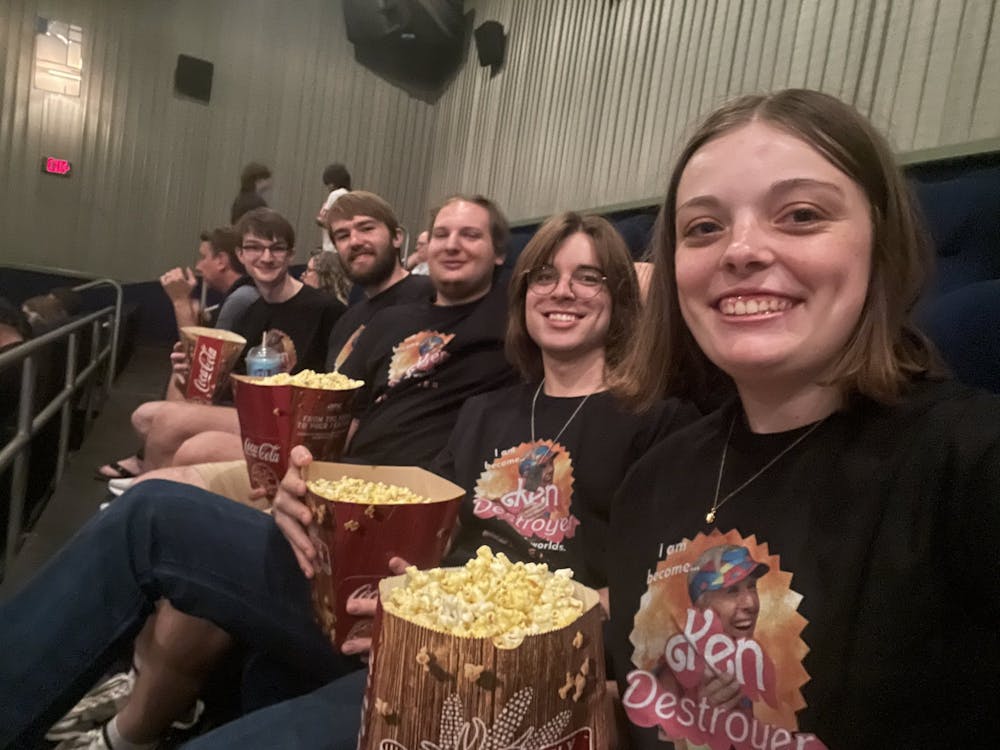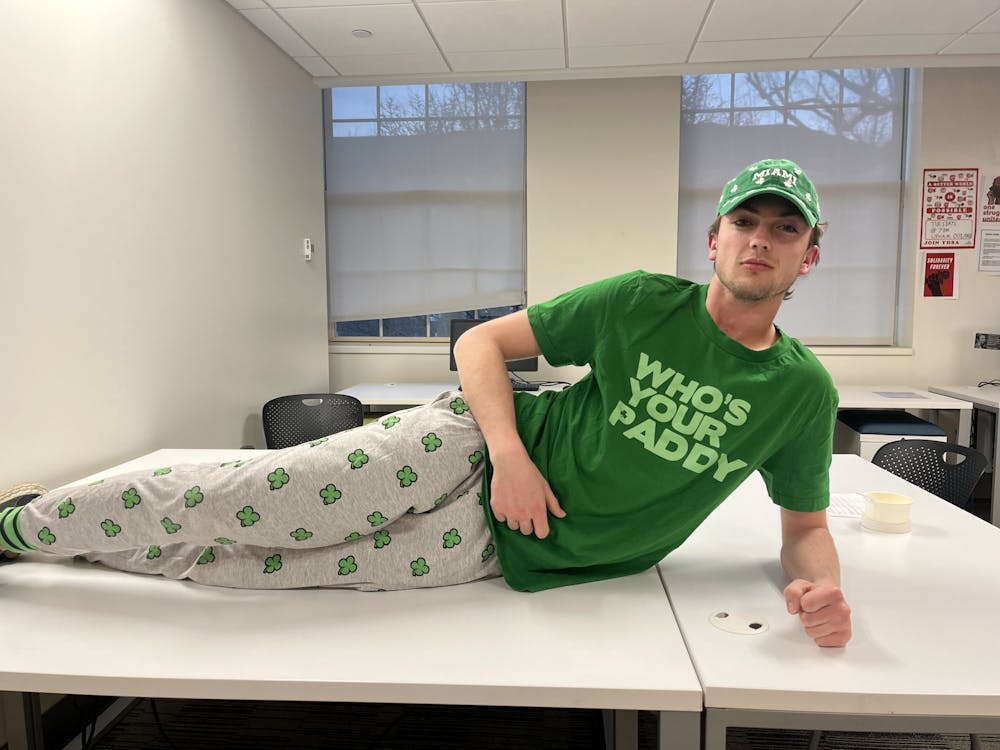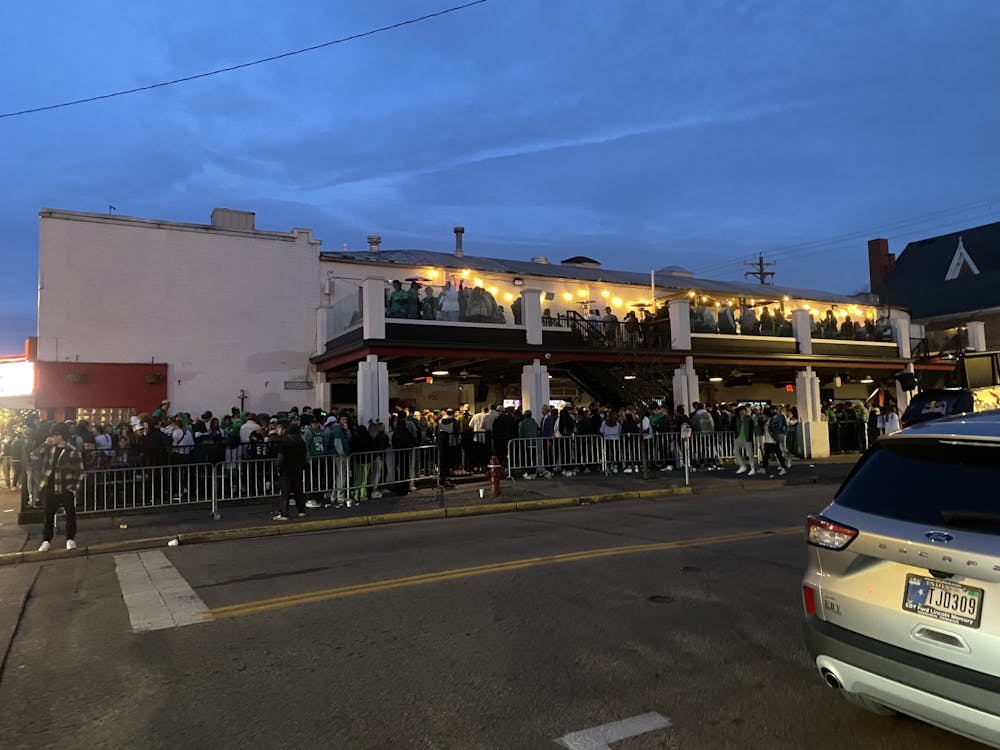When many Americans think of St. Patrick's day, they think of wearing green shirts that say "Kiss me, I'm Irish" and drinking beer. But the holiday is a Catholic tradition in Ireland with a long history that means much more than partying.
Cassidy Steele, a 2018 Miami alum and professional Irish dancer, says that while making and enjoying beer is definitely a part of Irish culture, alcohol does not play as big a role in the holiday as people may think.
"They really don't drink as much as Americans think," Steele said. "It became more Americanized and way bigger here to drink all day.
St. Patrick's Day came to America along with Irish immigrants and American cities with large Irish populations began celebrating with parties and parades. Boston, New York City and Chicago have been holding annual parades on March 17, the day St. Patrick is believed to have died, since the 18th century.
Despite the popularity of the holiday in America and countries across the globe, the history and meaning behind it are not widely known outside of Ireland.
St. Patrick is the patron saint of Ireland who is credited with bringing Christianity to the country in the fifth century. In Ireland, the day is meant to honor St. Patrick and is traditionally celebrated by dancing, drinking and feasting on traditional Irish meals, such as bacon and cabbage.
Steele says that dancing is an integral part of the celebration for St. Patrick's Day, and of Irish culture in general.
"For some people it's just a day they think they can go get plastered, but for us it's a celebration of how our art form came to be," Steele said.
Steele, from an Irish family, says she was "basically dancing out of the womb." Her mother and siblings are also dancers, and every St. Patrick's day Steele and her family spend the day performing traditional Irish dance around Cincinnati in bars, schools, nursing homes and community centers, as well as in Cincinnati's annual St. Patrick's Day parade.
Steele says celebrations like Green Beer Day don't generally bother her, but she wishes people were less focused on the stereotypes of Irish culture.
"People should look more into Irish culture so much more than what they are celebrating," Steele said. "It's so much more than drinking and wearing green."
Miami first-year Tati Klinkenbergh also comes from an Irish family with a love for Irish dance. She dances in the St. Patrick's Day parade every year in Washington D.C., where her family lives.
Enjoy what you're reading?
Signup for our newsletter
Klinkenbergh says dance is what excites Irish people on the holiday more than a desire to drink.
"Irish people enjoy watching Irish dancing and that's what riles them up, not the drinking," Klinkenbergh said. "It's just something they do while they're watching dancing. I think others are just blind to other parts of [the holiday]."
For Klinkenbergh, Irish dance serves as a way to express her family's heritage as well as a reprieve from stresses of everyday life.
"It's my break and my stress reliever," Klinkenbergh said. "I just enjoy it because I'm good at it and people like watching me and it makes me happy."
Steele says the holiday is a day that brings her and her family together to celebrate with one of their favorite activities.
"Irish dancing and music unites people," she said.
ander198@miamioh.edu



